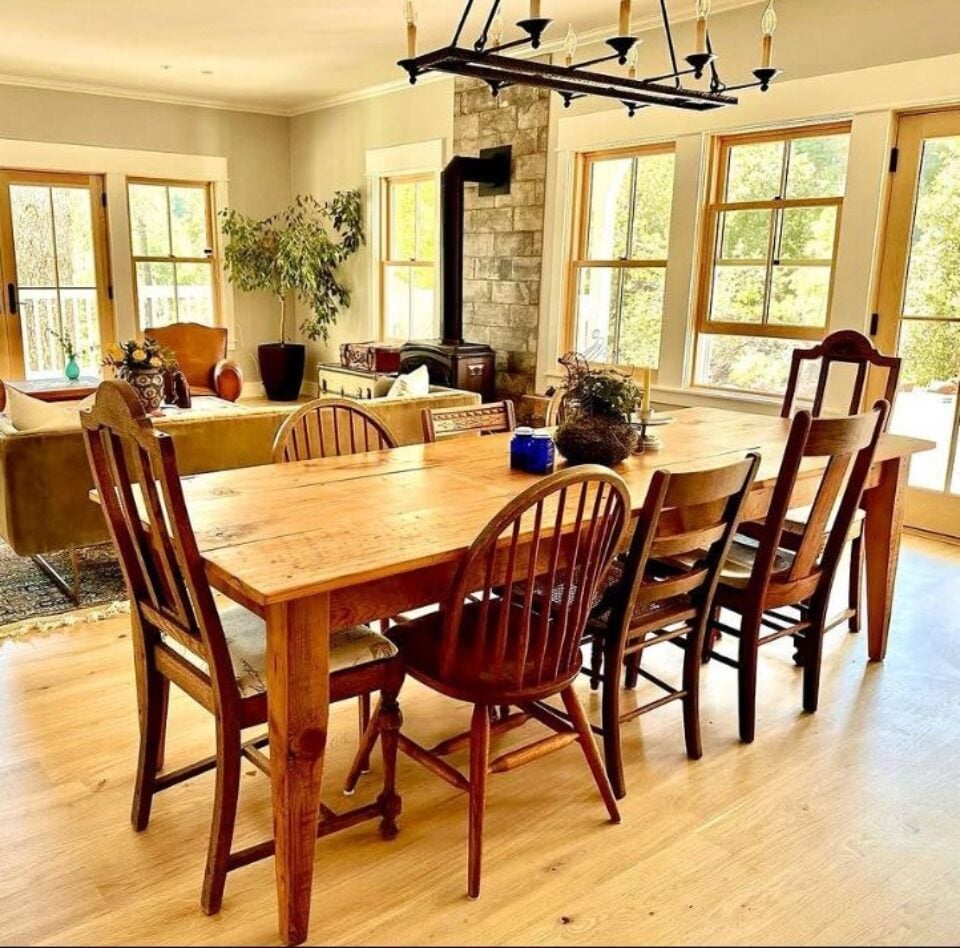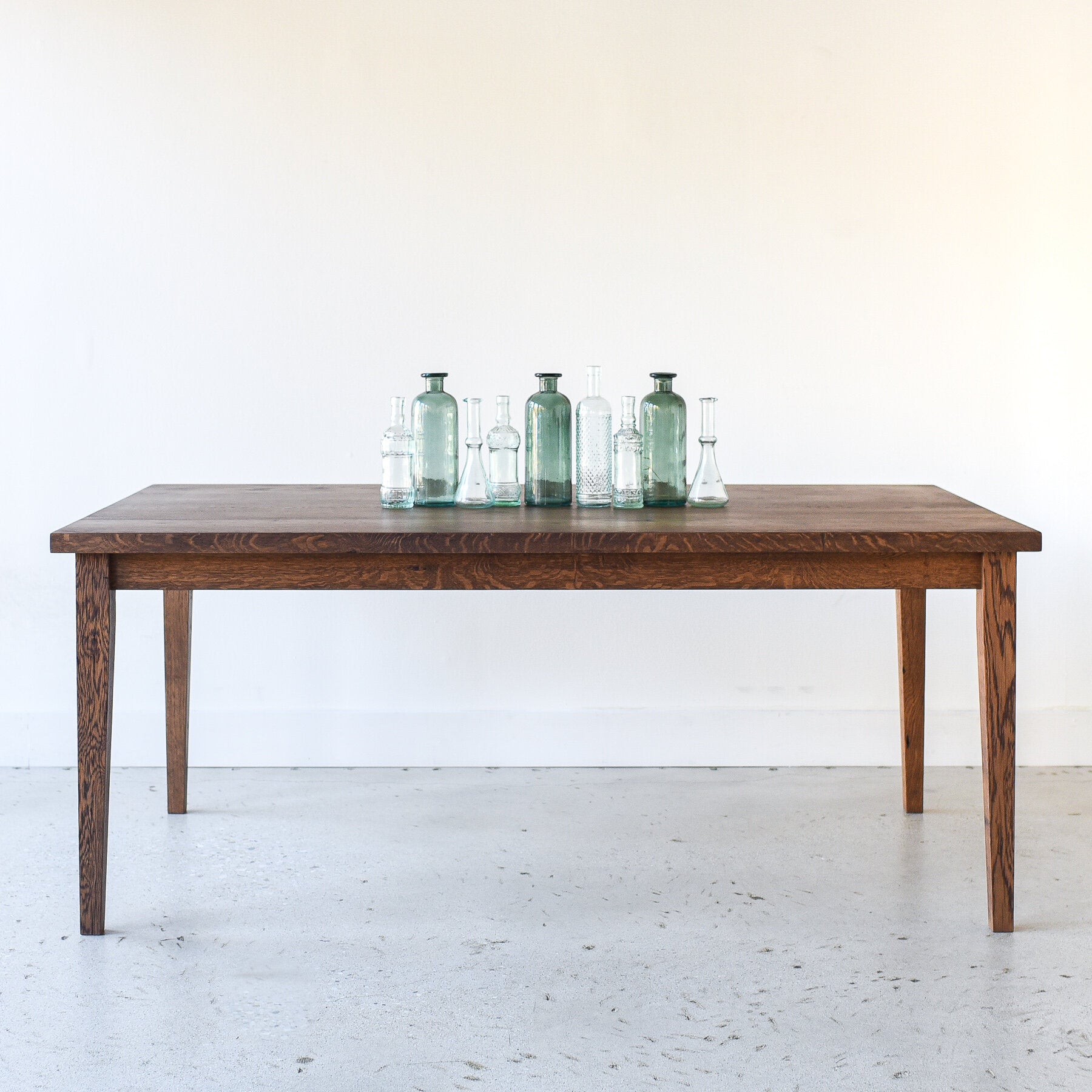Change Your Furnishings with Premium Dining Table Legs Wood Options
Change Your Furnishings with Premium Dining Table Legs Wood Options
Blog Article
Trick Aspects to Keep in Mind for Table Legs Wood Choices
When picking wood for eating table legs, several critical variables warrant cautious consideration to ensure both performance and visual charm. The option of timber type, identified by its toughness and distinct grain patterns, plays a crucial role in the general layout and longevity of the piece. In addition, one need to ponder maintenance demands and the ecological implications of sourcing products. As these components intertwine, they substantially affect the final result of your eating table. Recognizing the subtleties of each factor can be complicated, leading to vital decisions that merit further exploration.
Timber Kind and Attributes
When picking timber for eating table legs, it is vital to recognize the distinct features of various timber kinds. Various woods provide unique advantages and downsides, influencing both the sturdiness and aesthetic appeal of the finished item.
Oak, known for its remarkable longevity, likewise features a famous grain that can add personality to the table. Cherry timber, with its rich shade that strengthens over time, gives an extravagant look yet may need even more maintenance to stop scratches.
On the various other hand, softwoods like pine and fir are extra affordable and less complicated to work with, yet they are much less durable than woods. Pine is lightweight and features a cozy, rustic look, making it a preferred selection for casual eating setups. It is extra vulnerable to scratches and dents.
Comprehending these characteristics will assist in making an educated decision to guarantee the legs of the table fulfill both practical and visual needs.
Grain Patterns and Aesthetic Appeal
The timber's grain is not just an aesthetic feature; it conveys an one-of-a-kind individuality and beauty to each item. Various timber types exhibit distinct grain patterns, ranging from the straight lines of maple to the intricate swirls of oak and the striking number of walnut.
In addition, the alignment and range of the grain can influence the perceived size and style of the table. For example, larger, much more pronounced grains may offer a vibrant, remarkable impact, while finer, subtler grains can create a refined, underrated look. In addition, the completing process can better enhance these patterns, stressing the natural beauty of the timber and drawing out rich tones.
Inevitably, the option of grain pattern should integrate with other layout aspects, such as the table top and bordering furnishings, making sure a cohesive visual that raises the eating experience. Thoughtful choice of timber grain not only adds to the table's appeal but additionally reflects the proprietor's taste and style.
Longevity and Strength
The longevity and strength of table legs are extremely important considerations for making sure long life and stability in any type of eating room. Selecting the best timber is important, as various varieties show varying levels of strength. Woods such as maple, oak, and cherry are usually preferred for their fundamental toughness and resistance to put on. These materials not just hold up against day-to-day use but also sustain heavy loads, making them optimal for eating tables that often fit several diners. Dining Table Legs Wood.

Inevitably, spending in high-grade timber and durable building techniques will yield an eating table that stands the examination of time, while supplying a trusted structure for many dishes shared among family and buddies. Prioritizing durability and toughness makes certain that your eating table stays functional and aesthetically pleasing for years ahead.
Upkeep and Care
Correct upkeep and care are vital for maintaining the toughness and stamina of dining table legs made from timber. Routine cleansing is necessary; utilizing a soft, damp towel guarantees that dust and particles do not build up, which can bring about scrapes and dullness. It is suggested to prevent harsh chemicals or unpleasant materials read this article that can damage the coating.
Additionally, using a suitable timber polish or wax occasionally can help keep the sheen and protect the timber from moisture and spills. It is crucial to comply with the manufacturer's suggestions pertaining to the type of product to make use of, as certain surfaces might respond adversely to certain chemicals.
Moisture and temperature changes can additionally affect wooden table legs, triggering them to warp or split. It's best to place the table away from straight sunshine and warmth sources. If the table legs have any type of dents or scratches, dealing with these immediately can protect against further damage.
Last but not least, periodically examining the joints and screws for rigidity is crucial to keep structural honesty (Dining Table Legs Wood). By sticking to these upkeep methods, homeowners can ensure their wood table legs remain practical and attractive for several years ahead
Ecological Factors To Consider
When picking timber for eating table legs, it's essential to take environmental considerations right into account. The sourcing and sustainability of timber are extremely important in decreasing eco-friendly influence. Going with timber from qualified resources, such as those supported by the Forest Stewardship Council (FSC), guarantees that the timber is harvested sensibly, advertising forest conservation and biodiversity.

Additionally, neighborhood sourcing of timber lowers transportation discharges, sustaining neighborhood economic situations while lessening environmental effect. It is also a good idea to be knowledgeable about the timber's therapy and completing procedures, as specific chemicals can be dangerous to both human wellness and the atmosphere. By prioritizing sustainable timber selections, customers can add to environmental preservation while delighting in the toughness and appeal of their table legs.
Conclusion
In verdict, choosing timber for dining table legs requires careful consideration of numerous elements, consisting of wood types, grain patterns, and durability. Maintenance needs and environmental sustainability additional impact wood options, stressing the significance of sourcing from accredited or redeemed materials.
When choosing timber for eating table legs, numerous vital variables warrant cautious factor to consider to ensure both performance and visual allure.Proper maintenance and care are crucial for maintaining the resilience and stamina of eating table legs made from timber.When picking timber for dining table legs, it's vital to take ecological factors to consider right into account. By focusing on lasting timber choices, consumers can contribute to environmental preservation while taking pleasure in the longevity and elegance of their eating table legs.
In verdict, selecting wood for dining table legs necessitates careful consideration of various factors, including wood types, grain patterns, and longevity. Dining Table Legs Wood.
Report this page